How to Get Your Cat to Cover Their Poop: 7 Proven Methods
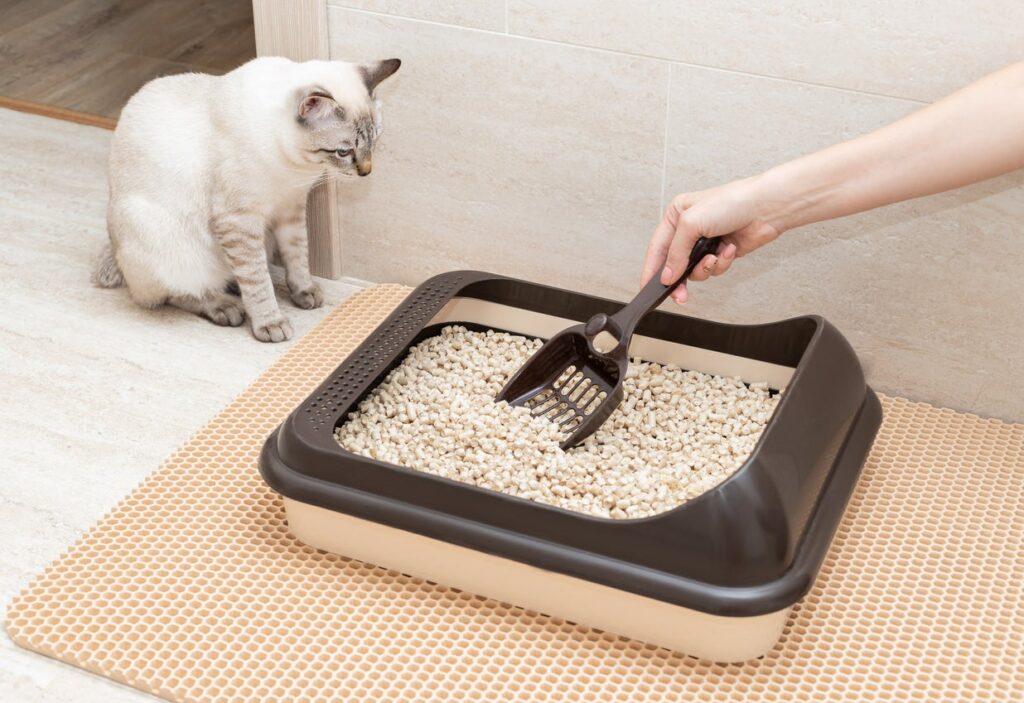
Cats are known for their hygiene and cleanliness. However, some cats may not cover their poop in the litter box, leaving a smelly mess for the owner to clean up. This behavior is not only unpleasant but also unsanitary. Fortunately, there are several proven methods to get your cat to cover their poop. Here are 7 effective methods to consider.
Method 1: Provide Adequate Litter Box Space
Problem: A cramped litter box can cause stress and discomfort in your cat, leading them to avoid covering their poop. A smaller litter box also gets dirtier faster, which can be another source of discomfort for your cat.
Why it Works: Providing adequate space in the litter box will make your cat feel comfortable and less stressed, increasing the likelihood that it will cover its poop.
Instructions:
- Measure the size of your cat and the litter box.
- A general rule of thumb is to provide one and a half times the length of your cat in litter box space.
- If your cat is still not covering their poop, consider getting a larger litter box.
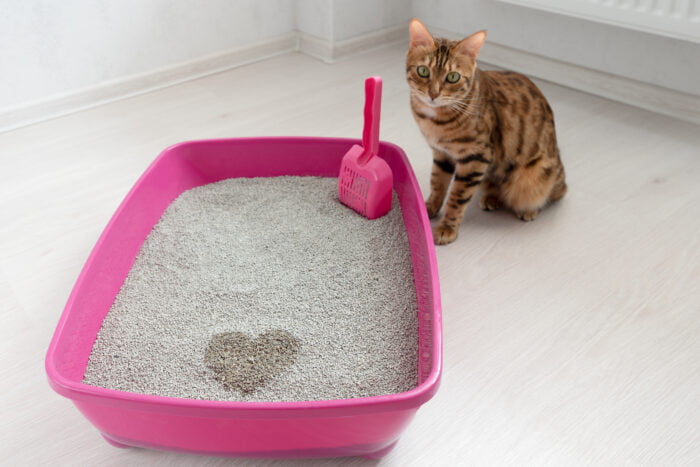
Method 2: Use the Right Type of Litter
Problem: Your cat may not like the type of litter you are using, causing them to avoid covering their poop.
Why it Works: Different cats have different preferences for litter texture, scent, and feel. By using the right type of litter, your cat will feel comfortable and more likely to cover their poop.
Instructions:
- Observe your cat’s behavior when they use the litter box.
- If they avoid covering their poop, try a different type of litter.
- Some popular options include clay, clumping, silica gel, and recycled paper litter.
- Experiment with different types until you find one that your cat likes.
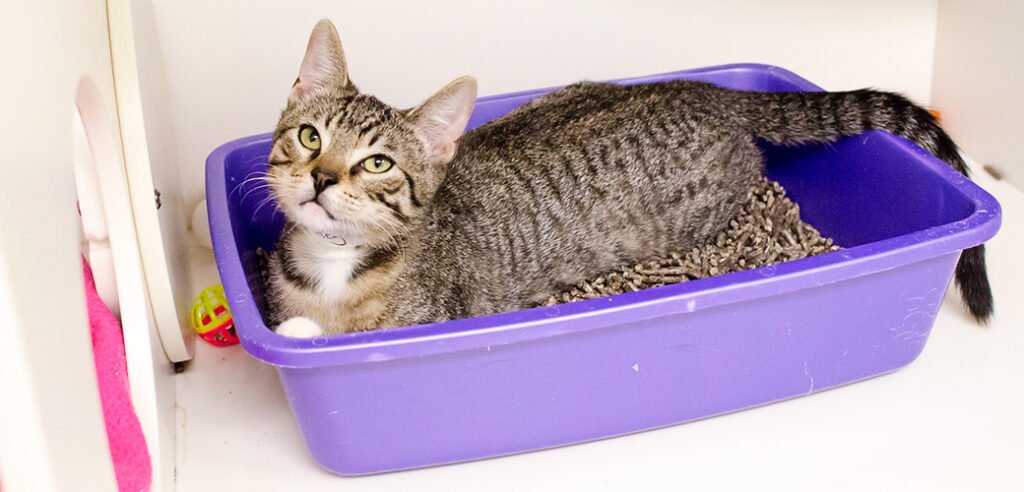
Method 3: Keep the Litter Box Clean
Problem: A dirty litter box can discourage your cat from using it, leading them to avoid covering their poop.
Why it Works: Cats are clean animals and prefer a clean environment. By keeping the litter box clean, your cat will feel more comfortable using it and will be more likely to cover their poop in the effort to keep it clean.
Instructions:
- Clean the litter box at least once a day.
- Scoop out clumps and solid waste regularly.
- Empty and wash the litter box completely at least once a week.
- Consider using a litter box liner to make cleaning easier.
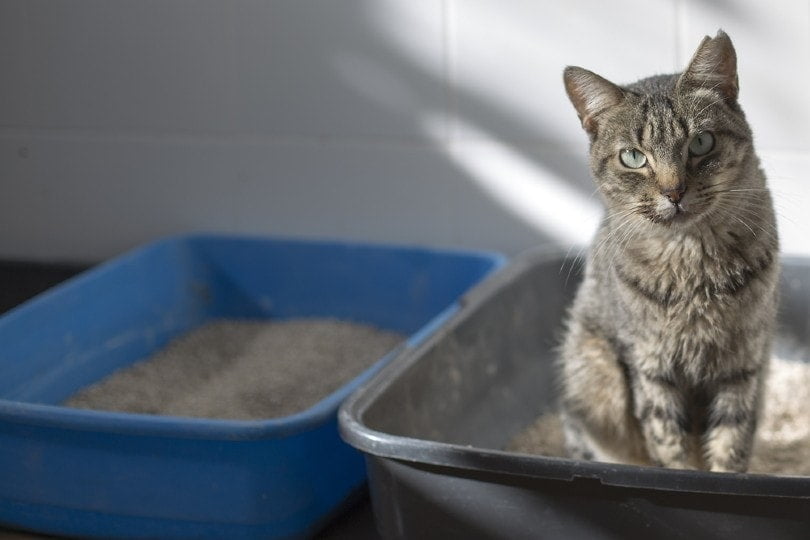
Method 4: Provide Multiple Litter Boxes
Problem: If you have multiple cats in your house, they may not like to share their litter box, leading them to avoid covering their poop. Cats are pretty territorial animals, so they might leave the poop uncovered to mark their territory.
Why it Works: Providing multiple litter boxes in different locations can reduce stress and competition for your cats, making them feel comfortable and more likely to cover their poop.
Instructions:
- Place litter boxes in different locations around your home.
- Make sure each litter box is in a quiet, private area.
- Provide one litter box per cat, plus one extra.
- Observe your cats’ behavior to ensure they are using the litter boxes.
Method 5: Offer Rewards
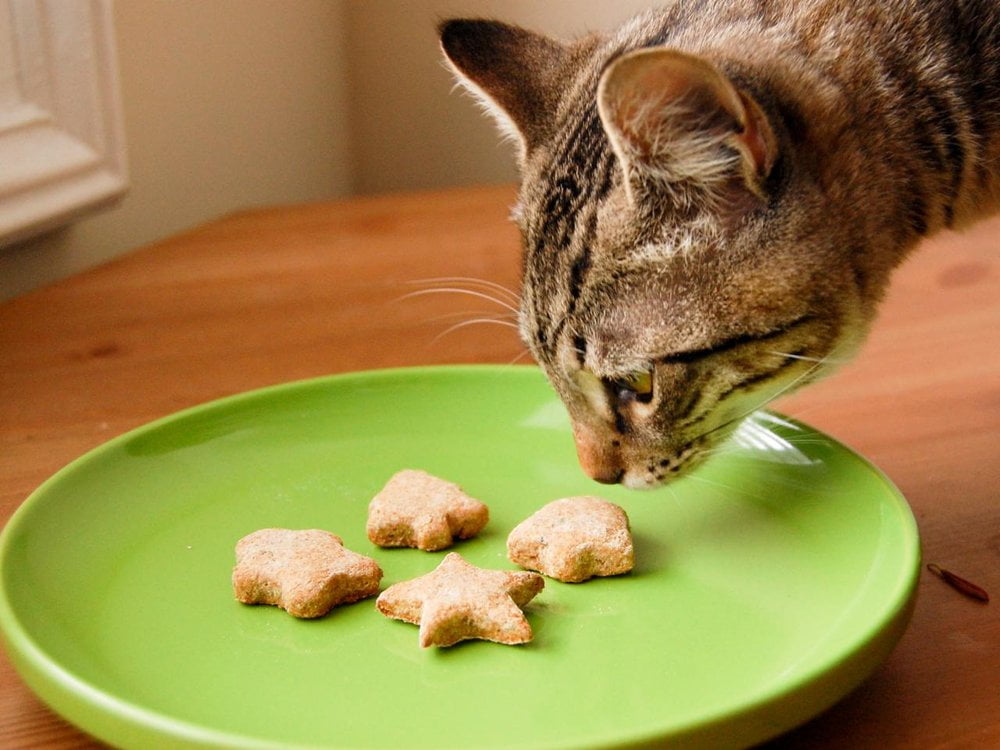
Problem: Your cat may not associate covering their poop with a positive experience.
Why it Works: By offering rewards for good behavior, you can encourage your cat to cover its poop. Your cat will gradually associate the act of covering its poop with the treats. Even after you stop giving treats regularly, the positive experience and habit will remain.
Instructions:
- Choose a reward that your cat likes, such as treats, toys, or affection.
- Observe your cat’s behavior in the litter box.
- When they cover their poop, immediately offer the reward.
- Repeat the process regularly to reinforce the positive behavior.
Method 6: Teach your Cat
Problem: While covering their poop is usually instinctual behavior in cats, this may not always be the case. Kittens usually observe and mimic their mother’s behavior while she covers her poop. Domesticated cats are often separated from their mothers early, and may not have had the chance to learn these social skills.
Why it works: You can take on the role of the mother cat, and teach your cat how to cover its poop. The cat’s natural instincts should kick in eventually once it has had the experience a few times.
Instructions:
- Wait for your cat to use the litter box.
- Gently take its front paws and make the necessary motions to cover up the poop.
- You can also try using your hands, and hoping the cat mimics you.
- Give your cat a treat every time it gets it right to reinforce the good behavior.
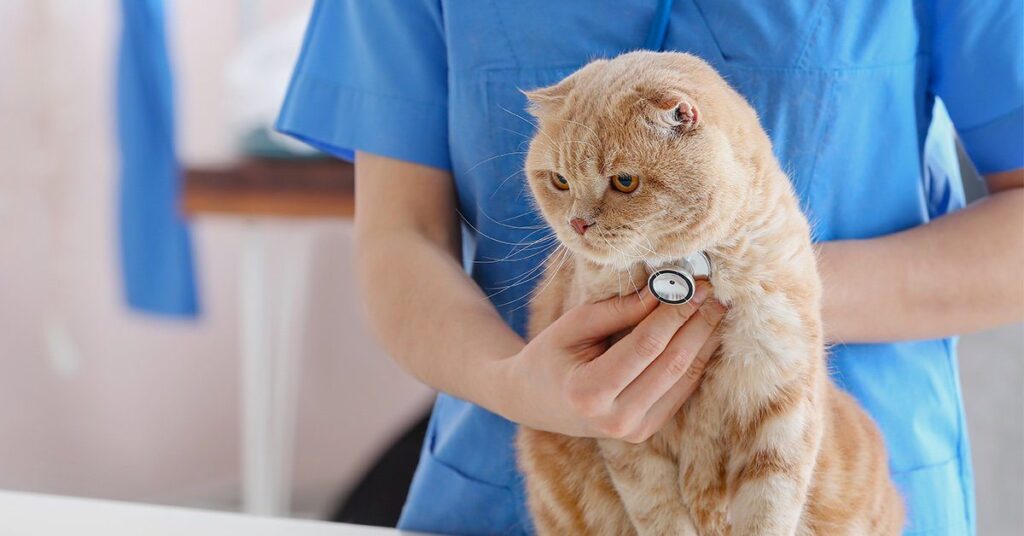
Method 7: Consult with a Veterinarian
Problem: Your cat’s behavior may be related to a health issue or underlying problem. For example, a cat with arthritis may have trouble using the litter box due to impaired movement.
Why it Works: A veterinarian can assess your cat’s health and determine if there is an underlying problem causing them to avoid covering their poop. For example, if your cat has arthritis, your vet will recommend you a litter box with low walls to help the cat enter and exit it easily.
Instructions:
- Schedule an appointment with a veterinarian.
- Describe your cat’s behavior and any changes you have noticed.
- Allow the veterinarian to perform a physical examination and any necessary tests.
- Follow the veterinarian’s recommendations for treatment, if necessary.


